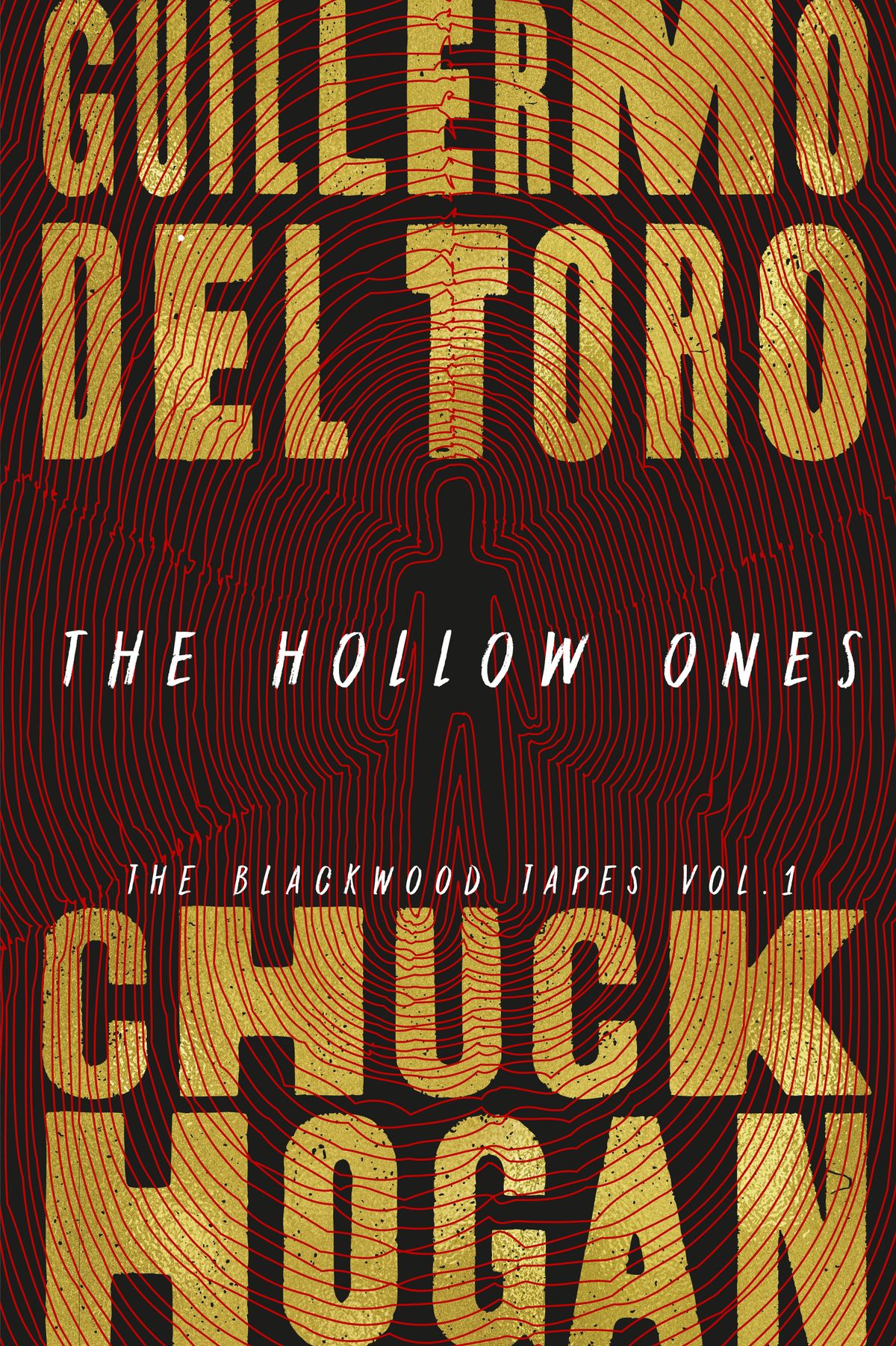Guillermo del Toro and Chuck Hogan’s ‘Hollow Ones’ nods to classic horror fiction while moving genre forward

At first glance, Chuck Hogan and Guillermo del Toro seem an unlikely pair of collaborators. Hogan is a veteran suspense novelist and author of excellent thrillers such as “The Standoff” and “Prince of Thieves.” Oscar winner Del Toro, by contrast, comes from the world of film, where his work includes the comic book sensibility of the Hellboy franchise and personal masterpieces such as “Pan’s Labyrinth” and “The Shape of Water.” His work falls squarely into a category that Clive Barker, another filmmaker/novelist, has called “the fantastique,” a term that encompasses all the varied possibilities of fantastic art.
Unlikely or not, the collaboration has proved successful. It began with the 2009 publication of “The Strain,” the first volume in a trilogy that took one of horror fiction’s most overused tropes – the vampire – and gave it a fresh, apocalyptic spin. The pair has now returned with the start of what appears to be a new series. “The Hollow Ones,” like its predecessors, is the story of an ancient, malevolent force set loose against a meticulously created urban backdrop.
The book starts off as a traditional suspense novel and then takes a hard-left turn into del Toro territory. It begins when Odessa Hardwicke, an inexperienced FBI agent, arrives at a crime scene accompanied by her partner, veteran agent Walt Leppo. They pull up at a prosperous New England home to find that the owner has apparently snapped and is in the process of slaughtering his entire family. As Odessa searches for survivors and her partner struggles with a deranged killer, the inexplicable occurs. Odessa, believing Leppo is in mortal danger, draws her gun and kills her partner’s assailant. Leppo, in a trance-like state, attacks the only surviving family member – a 9-year-old girl – with a butcher knife. Stunned by what she is seeing, Odessa turns her gun on Leppo, saving the child but killing her partner in the process.
The seeds of the mysteries that dominate this novel are all present in that early scene. These equally inexplicable events – a well-to-do homeowner destroying his family, a trained FBI agent going berserk – will alter the trajectory of Odessa’s career. Ironically, her new, limited duties put her in touch with the one man who can illuminate these events: Earl Solomon, a retired FBI agent with his own set of unique experiences. Earl, in turn, will introduce Odessa to the man who stands at the center of the mysteries, the enigmatic – and impossibly ancient – Hugo Blackwood.
That is a name that should resonate with horror fans. It is, as the authors acknowledge, a direct tribute to the great British fantasist Algernon Blackwood, author of a number of tales featuring the “occult detective” John Silence. (One of these, “Ancient Sorceries,” was the basis for the classic Jacques Tourneur film, “Cat People.”) In bringing Blackwood into the novel, they implicitly acknowledge their indebtedness to the genre’s roots while providing the narrative with a unifying central figure.
With these elements in place, the story proceeds along separate timelines. One takes place in the Jim Crow South of 1962, when Solomon, then a young, untested FBI agent, encounters Blackwood during a similar case and begins a relationship that will encompass a lifetime of supernatural encounters. The second is set in the England of 1562, where John Dee – real-life scholar/mage and member of Queen Elizabeth’s court – pursues his lifelong goal of reconciling science and magic.
The authors focus on Dee’s well-documented attempt to draw forth an angel from a mysterious orb. In their version, local barrister Blackwood also is present for the attempt, which goes disastrously wrong. No angels come forth, but – in an act reminiscent of Arthur Machen’s “The Great God Pan” – Dee manages to open a door between realms, allowing malign entities to enter our world. More than 400 years later, those entities – the “hollow ones” of the title – are still active. Blackwood, whose life has been extended by magical means, has devoted the intervening centuries to hunting them down.
These are creatures that thrive on pain, chaos and despair, that can move from host to host at will, as one did on the night of Leppo’s death, setting the entire narrative in motion. Four of them came through on the night of Dee’s experiment. Over the years, Blackwood has captured and neutralized three of them. The elusive fourth remains at large, creating a widening path of destruction that Blackwood must follow, accompanied by his bewildered but resourceful new partner, Odessa, who is forced to confront a world for which no amount of FBI training can prepare her. The subsequent pursuit, interspersed with revelations from Blackwood’s extraordinary career, forms the heart of the novel, and the ensuing narrative is vivid, violent and intensely cinematic. (No surprise there.)
The central aesthetic decision – merging the classical horrors of Algernon Blackwood with a distinctly contemporary narrative – is surprising and ultimately successful. “The Hollow Ones” is a swift, thoroughly imagined entertainment that looks back at the genre’s past while hinting, in the final pages, of future installments to come. The possibilities are limitless.
Bill Sheehan is the author of “At the Foot of the Story Tree: An Inquiry Into the Fiction of Peter Straub.”